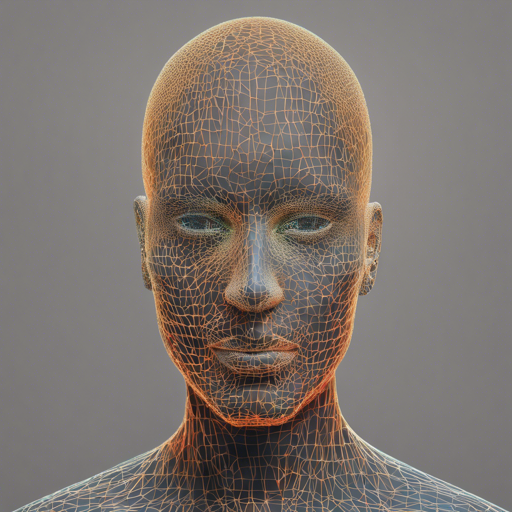Welcome to your guide on implementing the Articulated Expressive 3D Head Model (FLAME) using PyTorch. This lightweight and expressive 3D head model is built from over 33,000 accurately aligned 3D scans. It provides a fascinating way to create realistic 3D facial representations. Let’s dive into the installation and utilization of this model in a simple and user-friendly manner!
What is FLAME?
FLAME combines a linear identity shape space, which is trained from head scans of 3,800 subjects, with features like articulated neck, jaw, and eyeballs. It also includes pose-dependent corrective blendshapes and additional global expression blendshapes. Interested in the science behind it? Check out the scientific publication for more details.
Installation Steps
To get started with FLAME in PyTorch, follow these installation instructions carefully:
- Step 1: Ensure you have Python 3.7 and PyTorch 1.4 installed on your machine.
- Step 2: Set up your FLAME PyTorch virtual environment by running:
python3.7 -m venv your_home_dir.virtualenvs/FLAME_PyTorch
source your_home_dir.virtualenvs/FLAME_PyTorch/bin/activategit clone https://github.com/soubhiksanyal/FLAME_PyTorch
cd FLAME_PyTorch
python setup.py install
mkdir modelDownloading the Necessary Models
You will need to download the following models:
- FLAME model from here. Ensure you sign up to access the model.
- Landmark embeddings from the RingNet Project.
Copy the downloaded models into the model folder that you created earlier.
Running the Demo
Once you have set everything up, you can visualize the 3D landmarks on the face using the following command:
python main.pyUnderstanding the Code with an Analogy
Imagine you are a sculptor trying to create a lifelike sculpture of a person’s head. The process begins with a rough block of stone—this is akin to raw data from 3D scans. Using FLAME, you gradually refine this block into an expressive portrait. First, you define the shape and facial features using the linear identity shape space. Next, you give movement to the jaw and eyes, akin to adding life to the sculpture by articulating its position and expressions as if it were animated. Just like the meticulous adjustments made during sculpting, FLAME provides adjustments and blendshapes to render various facial expressions naturally.
Troubleshooting
If you encounter any issues during installation or while running the code, consider the following troubleshooting steps:
- Double-check that your Python and PyTorch versions are correct.
- Ensure all required dependencies are installed properly.
- If the FLAME model download fails, verify that you have signed up and accepted the model license.
- Running into issues with the command line? Confirm that you are executing commands from the appropriate directory.
For more insights, updates, or to collaborate on AI development projects, stay connected with fxis.ai.
Licensing and Acknowledgements
FLAME operates under a Creative Commons Attribution license. Please read and understand the licensing terms before using this model. If using this code in scientific publications, remember to cite the corresponding publications mentioned in the README.
Conclusion
At fxis.ai, we believe that such advancements are crucial for the future of AI because they enable more comprehensive and effective solutions. Our team is continually exploring new methodologies to push the envelope in artificial intelligence, ensuring that our clients benefit from the latest technological innovations.

